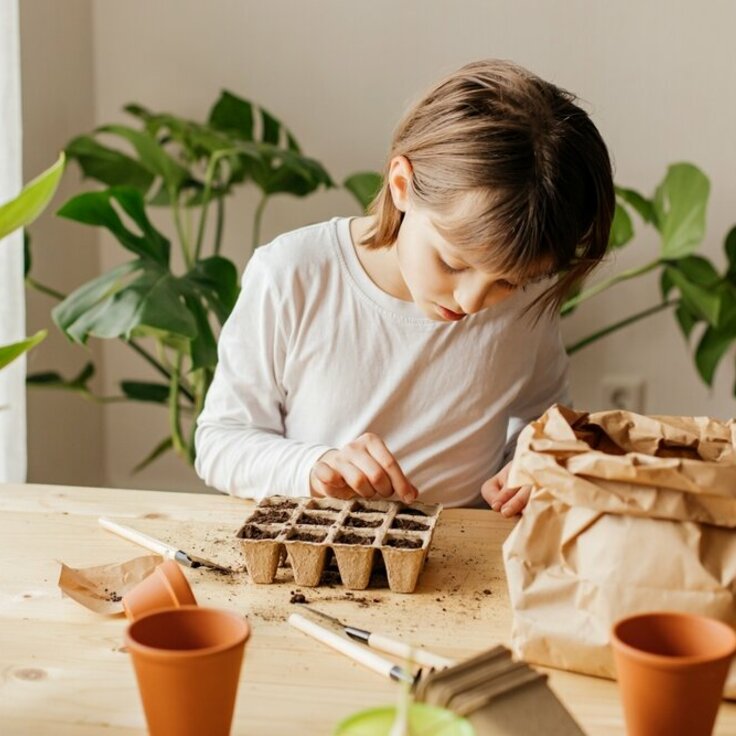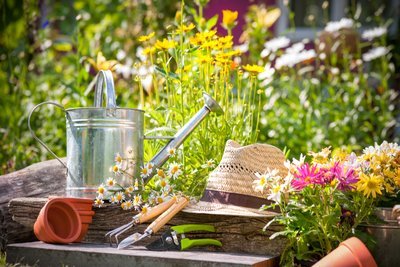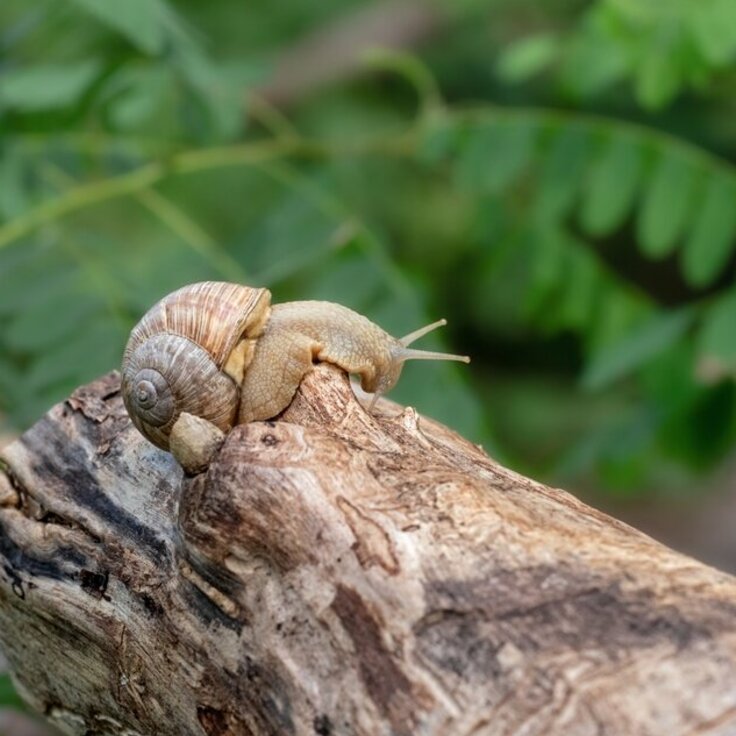Tips for Repotting Houseplants
Repotting your houseplants is crucial to keeping them thriving. Whether you're new to plant care or a seasoned gardener, knowing the right time and method to repot your plants is key. In this guide, we'll share essential tips and tricks for repotting your houseplants, ensuring they adapt well and continue to flourish in their new pots. We’ll cover when to repot, the best practices to follow, and whether it’s advisable to repot during the winter months. Let’s dive in!
When Should You Repot Houseplants?
The first question to consider is: when is the ideal time to repot your houseplants? Spring is generally the best season to give your plants a new home. As the growing season begins after the winter dormancy, plants are more robust and better equipped to handle the stress of repotting. If you notice your plant has outgrown its current pot, such as roots emerging from drainage holes or soil drying out quickly, it’s time to find a slightly larger indoor pot.
For slow-growing plants like cacti and succulents, repotting every two to three years might suffice. However, faster-growing varieties, such as Monstera or Pilea, may require a new pot annually.
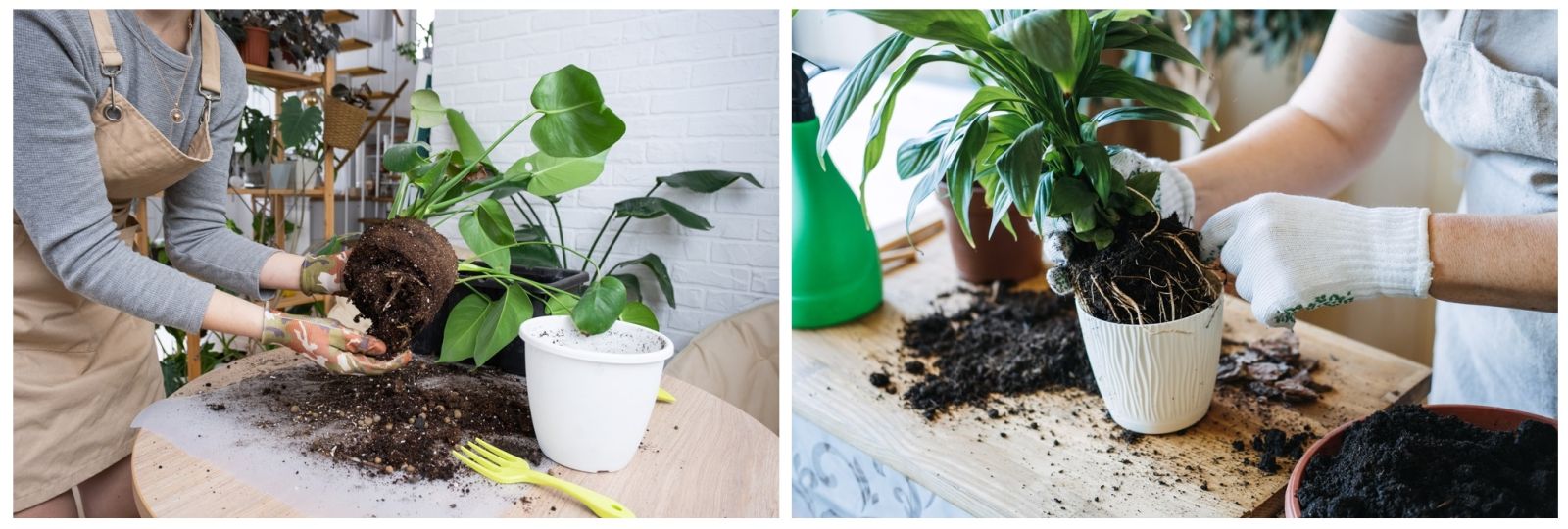
How to Repot Houseplants?
Now that you know when to repot your plants, it’s time to learn how to do it correctly. Repotting is a straightforward process, but following a few essential steps will help your plant settle into its new pot with ease.
Step 1: Select the Right Pot
Choosing the appropriate pot is a critical part of repotting. For smaller plants, a compact indoor pot might be sufficient, but as your plant grows, opt for a larger one. Consider using a tall pot for plants with deep roots or a narrow growth habit. Terracotta pots are particularly popular due to their natural appearance and breathable properties, which help regulate soil moisture. Pots with legs are also a great choice, offering extra height and ensuring good drainage.
Step 2: Prepare Your Plant
Before you start, ensure you have all necessary supplies ready. You'll need a new pot, houseplant compost, and possibly some plant food. It’s also a good idea to water your plant the day before repotting, making it easier to remove from its old pot without damaging the roots.
Step 3: Repotting Process
Gently remove your plant from its current pot. If it’s stuck, you can softly press or tap the pot to loosen the roots. Place a layer of fresh compost at the bottom of the new pot. Set the plant in the centre and fill in around the roots with more compost. Lightly press the soil to secure the plant in its new pot.
What Do You Need to Repot a Houseplant?
Before beginning, it’s essential to have all the necessary materials and tools at hand. This will make the process smoother and ensure your plant receives the best care. Here’s a checklist of what you’ll need:
- New pot: Choose one that’s slightly larger than your plant's current pot.
- Houseplant compost: Use high-quality compost suited for indoor plants.
- Plant food: Feed your plant after repotting to encourage growth.
- Watering can or spray bottle: To hydrate your plant before and after repotting.
- Gloves: Protect your hands, especially when handling spiky plants.
- Scissors or pruning shears: To trim any dead or damaged roots.
- Drainage material: Such as clay pebbles, to ensure excess water can escape.
Repotting Houseplants During Winter
Many wonder if it’s possible to repot houseplants during winter. Although spring is generally the best time, there are cases where winter repotting is necessary, especially for plants that are severely root-bound or showing signs of poor health, like yellowing leaves or stunted growth.
If you do repot in winter, take extra care. Plants receive less light and are in a resting phase during this season, making them more susceptible to stress. Choose a pot that is only slightly larger than the current one, so the roots don’t have too much new space to fill. Use high-quality compost and avoid overwatering, as the plant’s growth is slower, and the soil will stay moist for longer.
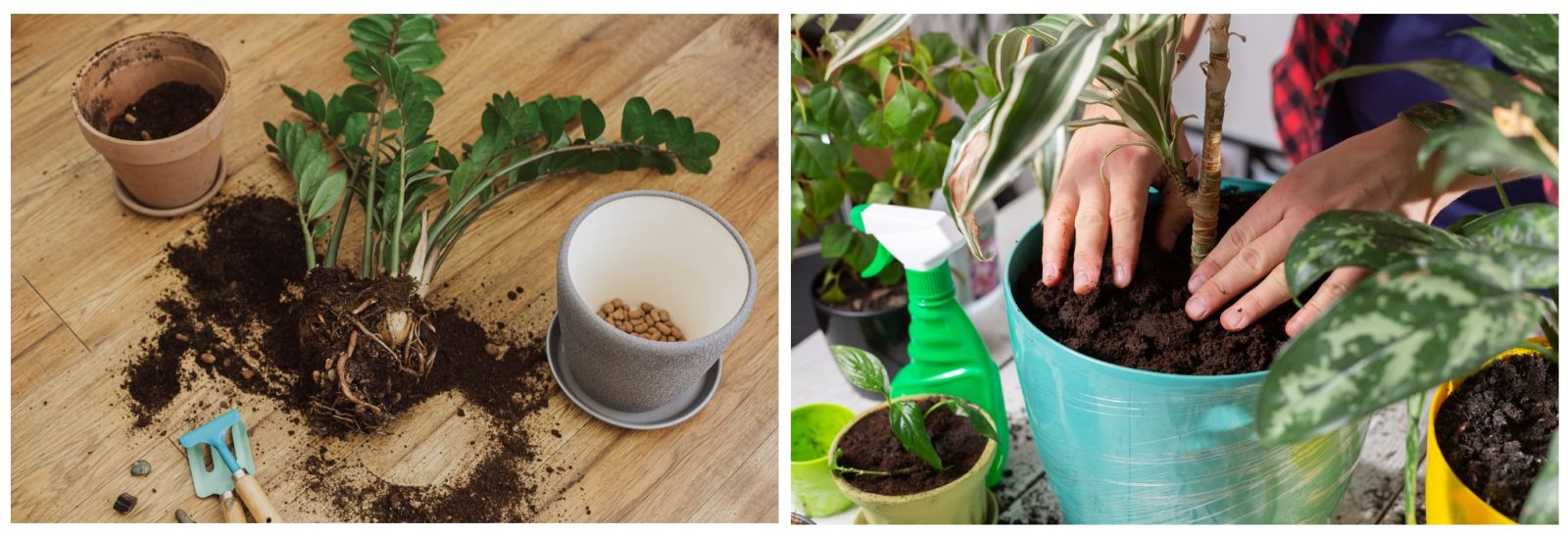
Post-Repotting Care
After repotting, it’s crucial to give your houseplants the care they need to adjust to their new environment. Allow the plant some time to settle in a well-lit spot, but avoid direct sunlight, particularly if you’ve used a terracotta pot, as these can heat up quickly, causing stress. Keep the compost moist but not waterlogged. In the weeks following repotting, consider feeding your plant to boost growth.
Buying Pots and Supplies
Whether you’re looking for a large indoor pot, a tall planter, a terracotta pot, or a pot on legs, you can find all these items at your local garden centre. The advantage of shopping at a garden centre is that you can also pick up the right houseplant compost and plant food, ensuring you have everything you need in one trip for repotting your plants.
Repotting your houseplants is a vital part of their care routine. By knowing when and how to repot, and using the right materials, you can ensure your plants stay healthy and happy. Remember to choose a suitable indoor pot that meets your plant’s needs and complements your home’s style. Visit your local garden centre for a wide range of pots and all the other essentials you need. With proper care and attention, your houseplants will thrive in their new environment!



